This amazing tool turns Google Sheets into slick apps—no coding required
In the land of technology, two tricky truths exist: Spreadsheets are rarely attractive or enjoyable to read—and mobile apps are rarely cost-effective or easy to create.
Well, a group of former Microsoft employees thinks those two statements are both related and reversible. And they’ve come up with an incredibly clever way to prove it.
Their startup, Glide, lets you turn any Google Sheets spreadsheet into a real mobile app with absolutely no coding and shockingly little effort. Saying you don’t need any programming knowledge is almost an understatement. This thing is deliberately designed for anyone—and I do mean anyone—to use.
“We spent six years watching the wealthiest companies in the world fail to make good apps,” says Glide CEO and cofounder David Siegel. “We thought, ‘Can we make a much simpler approach to this whole phenomenon—of making an app, getting data into it, improving it, and sharing it?’”
The answer was a resounding yes—and they most certainly followed through. I’ve been playing around with Glide for the past few weeks, and it really is something you have to see to believe. All you do is select an existing spreadsheet from your Google Sheets account—or even easier yet, start a new sheet using one of Glide’s ready-to-roll templates—and then use the website’s visual editing tool to determine where different rows of data should go and how they’ll be presented.
This, for example, is an app I made from one of Glide’s templates for an employee directory:
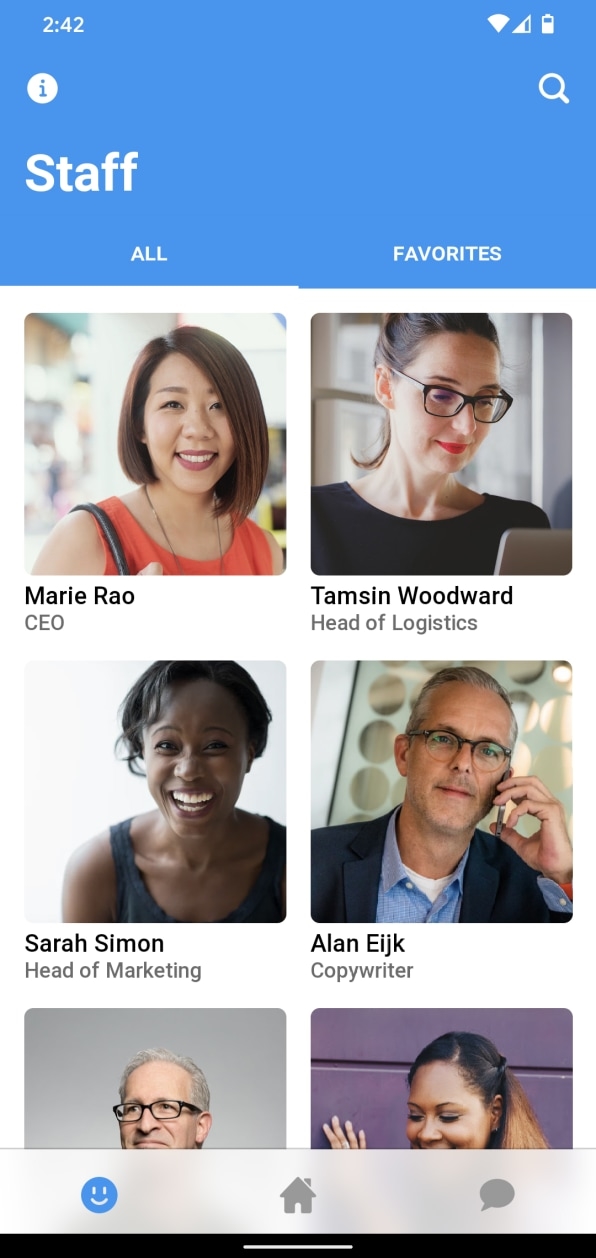
It has a fully functional search system—and even a real-time chat function built right in.
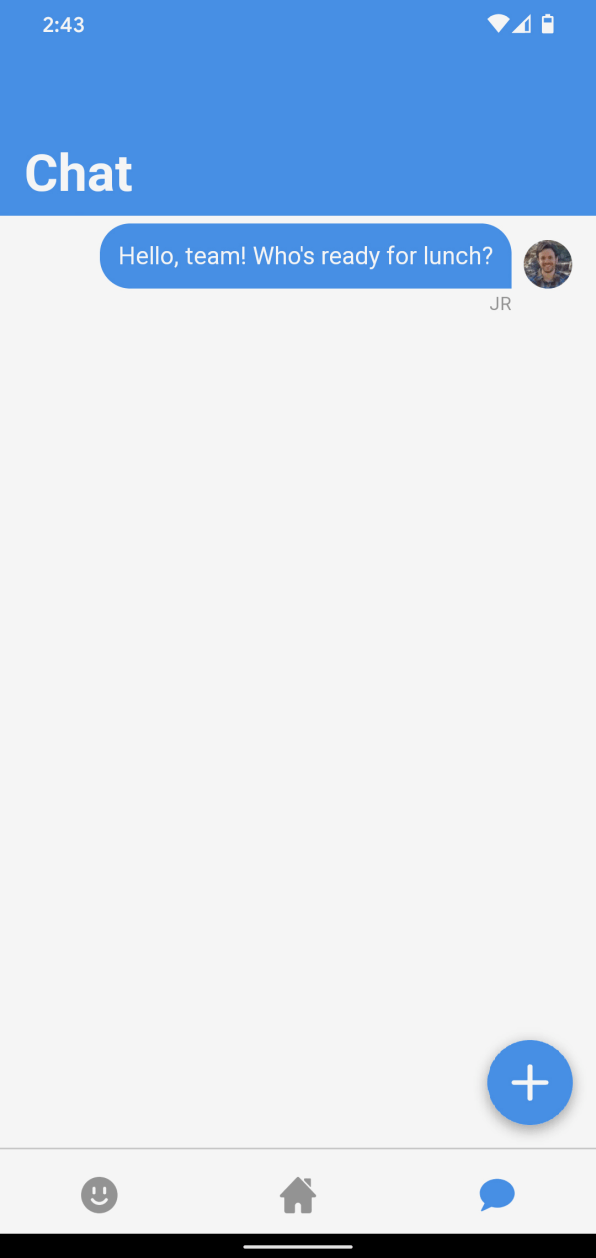
And this is one I made from another template for a dedicated podcast-listening app:
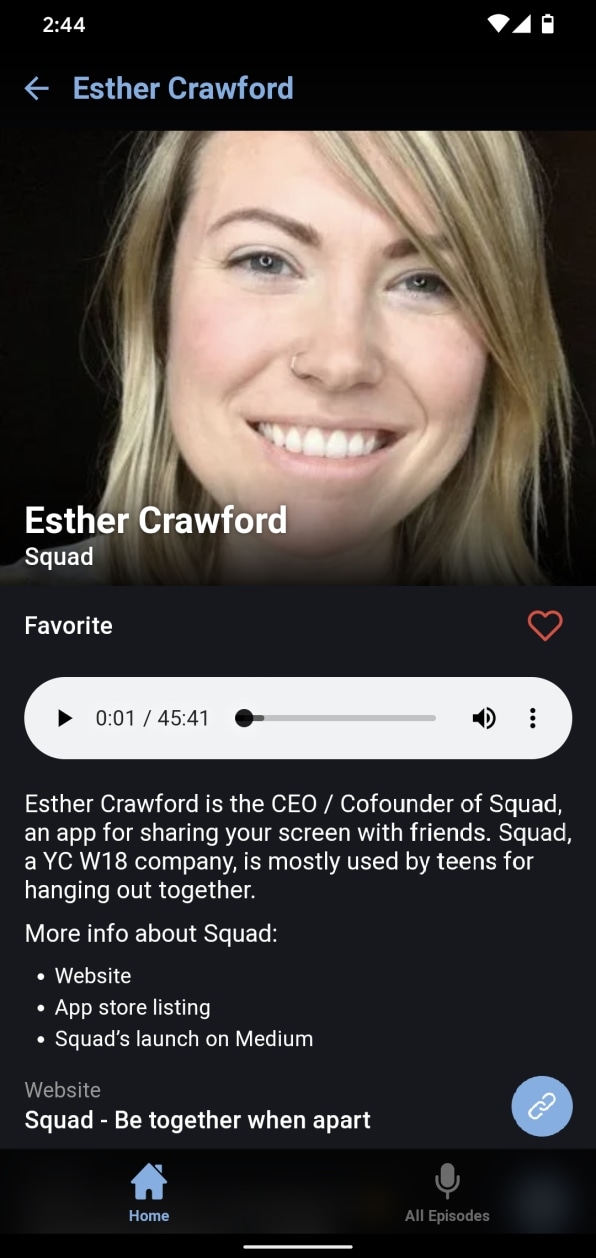
Both of those are just using dummy data and mostly stock settings, of course. But they took about seven seconds apiece to create. And customizing them from there couldn’t be much easier, thanks to Glide’s simple web-based setup system; in a matter of minutes, I could go in and change any facet of the layout or presentation to make it look—and act—practically any way I want.
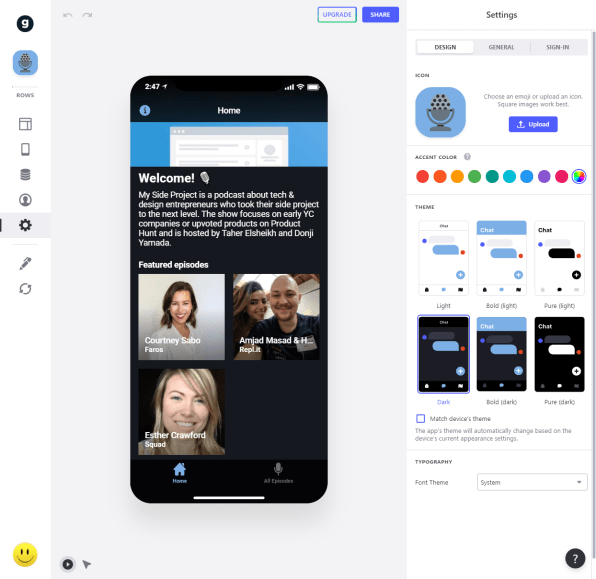
The possibilities for how you could put the tool to use are practically endless, too. Glide can help you make a fully functioning storefront app, a task tracking app, an interactive inventory management app, or an input-ready expense reporting app—all based on its premade templates and all relying on basic spreadsheet data at the core. Any app you create remains synced to your spreadsheet after it’s published, too, so introducing updates is as easy as adding in a new line or data field.
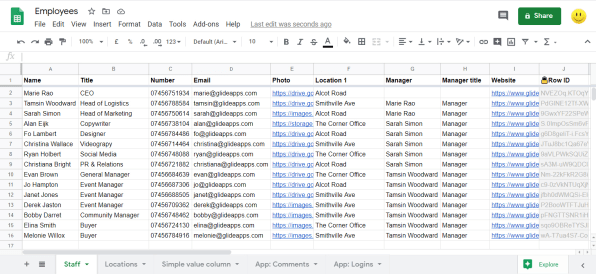
For now, the apps are distributed via a custom web link—something anyone can open and then use in any regular browser. (You can find my dummy podcast app demo, for instance, at https://poddemo.glideapp.io.) If you open such a link from your phone, you’ll see a prompt to add the app to your home screen—after which you’ll have a standard-looking icon for easy ongoing access.
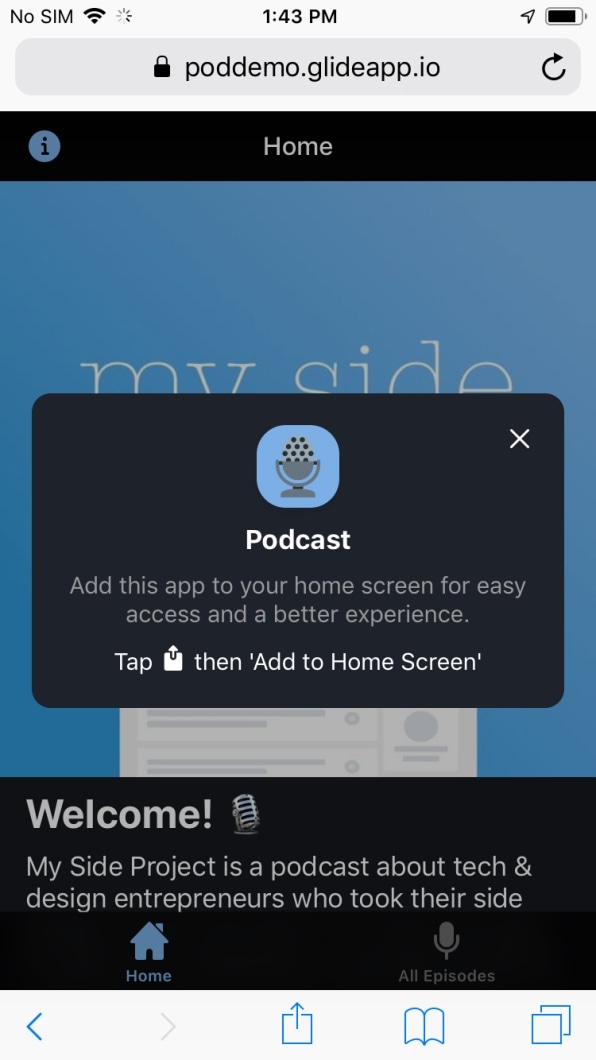
You can add a Glide-made app from a desktop browser, too, but the method for doing so is a little less obvious. In Chrome, for instance, you have to seek out a tiny plus-in-a-circle icon that appears in the far-right corner of the address bar. And by default, the desktop version of an app appears in a slightly awkward phone emulator graphic within a larger screen—though sizing the window down to a narrow width causes it to switch over to the full-screen, mobile-app-like view. Paying Glide customers can opt to have the full-width tablet versions of their apps appear on the desktop instead, a vastly superior setup.
Under the hood, all Glide apps are actually progressive web apps, which means they’re cross-platform and compatible with pretty much any type of device or operating system. Glide’s CEO tells me the specific nature of that technology may evolve over time, and the goal is for that level of technical detail to be mostly invisible and totally irrelevant for end users.
“We don’t want to make it easier for programmers [to build apps],” Siegel says. “We want to make it easier for everyone.”
The company is also currently testing the ability to let you submit a Glide-created app into the Apple App Store or the Google Play Store for easier discovery and installation. In that scenario, the actual data within the app would still remain connected and synced with the underlying spreadsheet, but the design and appearance would be frozen once the app is published.
Glide is free for individual use, with up to 500 data rows, 100MB of file storage, and 1,000 sheet edits per month. For $29 per app per month (or $19 per app per month, if you pay annually), you can bump up to 25,000 data rows, 10GB of storage, and unlimited edits. Team and enterprise plans are also available. And any paid plans allow you to remove Glide branding from your apps and also to enable a handful of advanced features, including the ability to use your own custom domain for an app’s URL and the option make an app private and accessible only to approved, registered users.
Among those using such private apps, by the way, are Siegel and his cofounders: Their own internal company tools run on Glide-created, spreadsheet-connected apps. And their hope is that as more people see how easy this manner of app development can be, they’ll appreciate the spreadsheet-centric system they’ve established.
“Spreadsheets are the most successful programming tool of all time, and mobile is the most successful computer of all time,” he says. “And [up until now], they never touched each other.”
(50)



